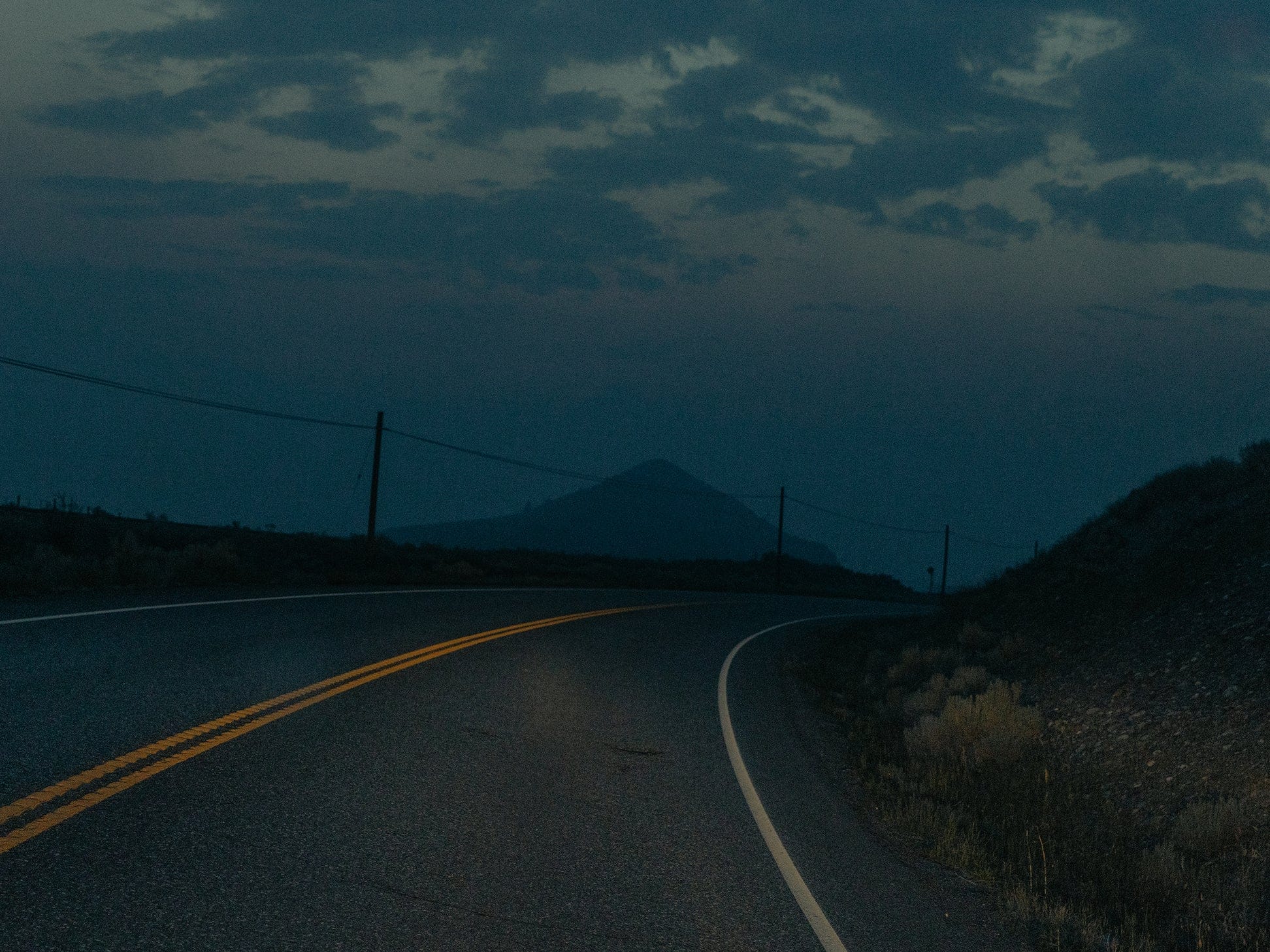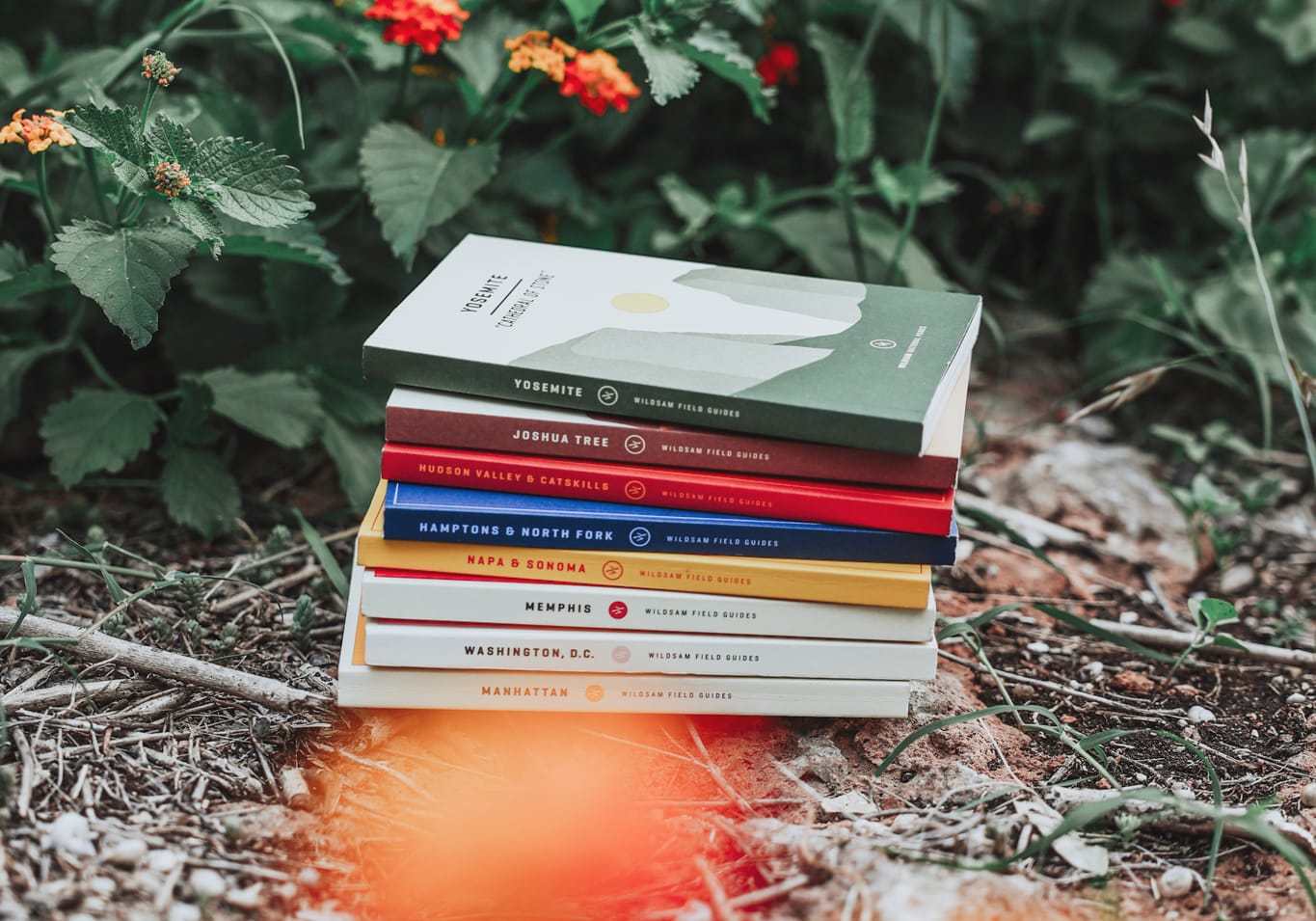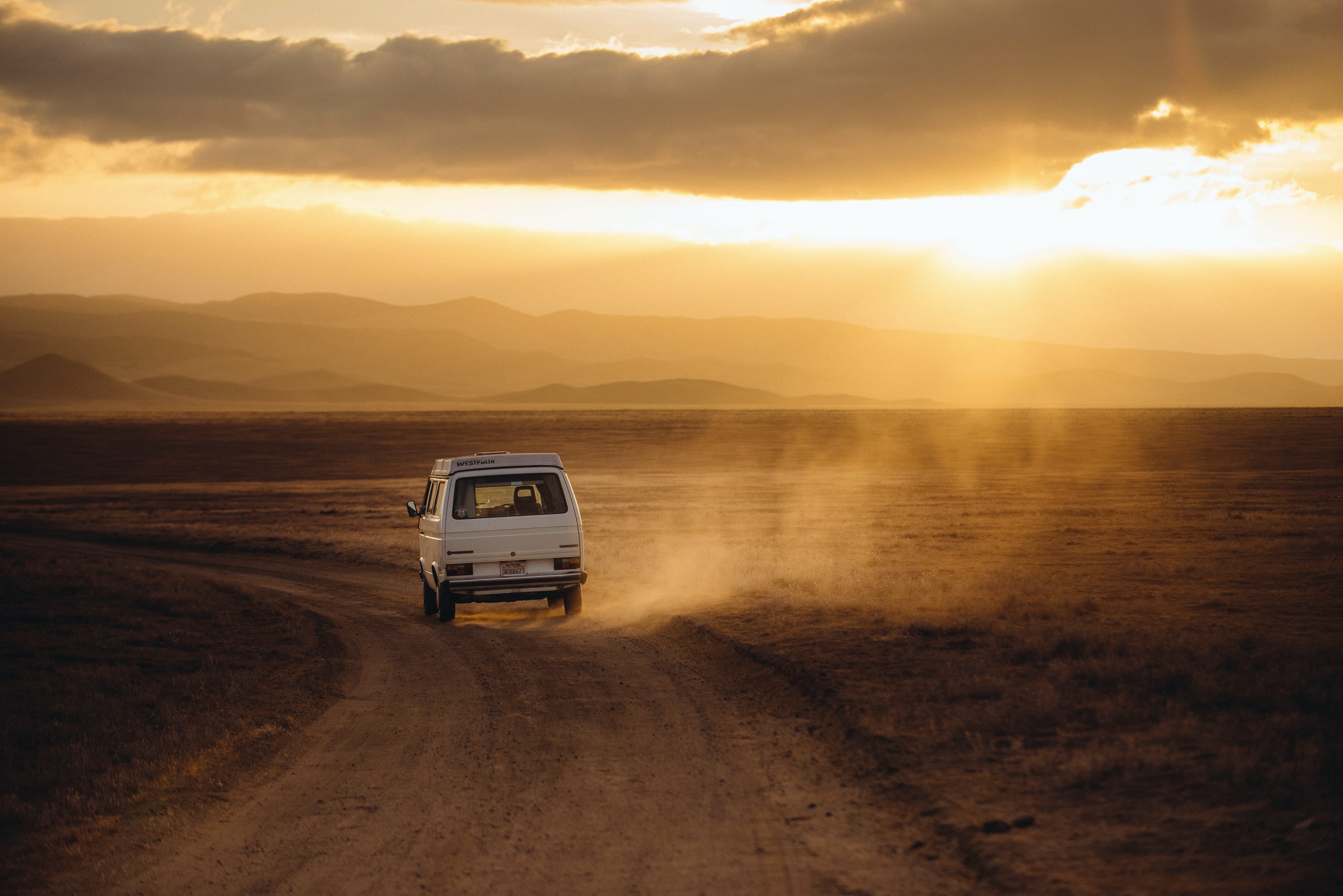TRIA GIOVAN: A PORTRAIT OF MANHATTAN'S LOWER EAST SIDE IN THE ’80S
An interview with the photographer about the City and her journey in photography.
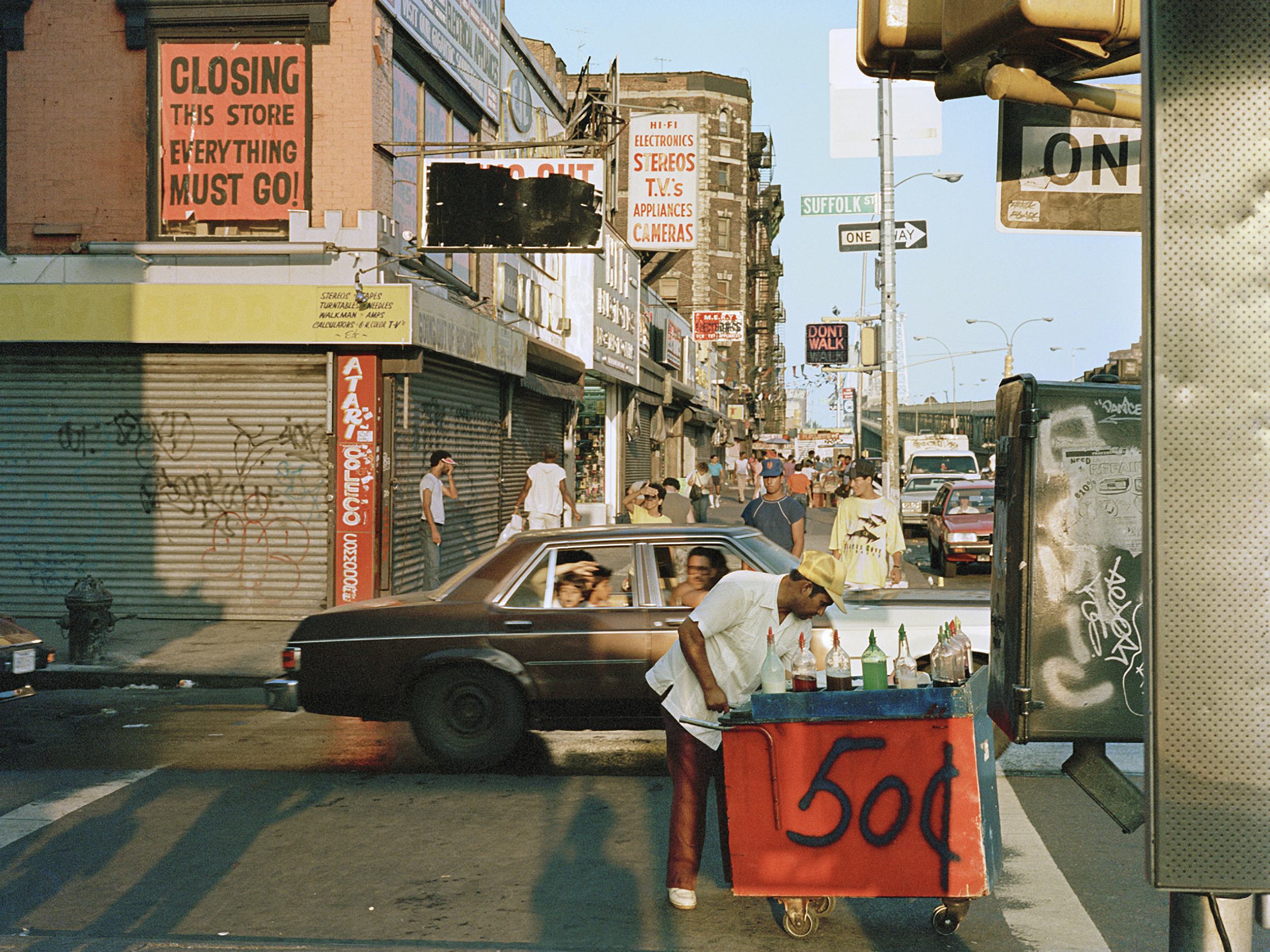
When we discovered photographer Tria Giovan’s photos of life on New York’s Lower East Side in the 1980s, we fell deep into the well of time and her sense of vision and place. Her book Loisaida: New York Street Work 1984-1990 captures the energy and texture of a bygone time in the city and culture at large. We asked Tria a few questions about that era and her photographic story.
WILDSAM: How did you get started in photography and what inspired you to start?
TRIA GIOVAN: Both my parents were photographers. My father had Leicas and left behind a legacy of hundreds of perfectly exposed Kodachrome slides. My mother had a Nikkormat—she loved to take portraits. She worked for a photographer in her twenties, and was on assignment in the Virgin Islands when she met my father. They moved our family there—to the island of St Thomas—in 1964. They gave me photography classes when I was eight, and I pretty much never looked back. I still have their cameras.

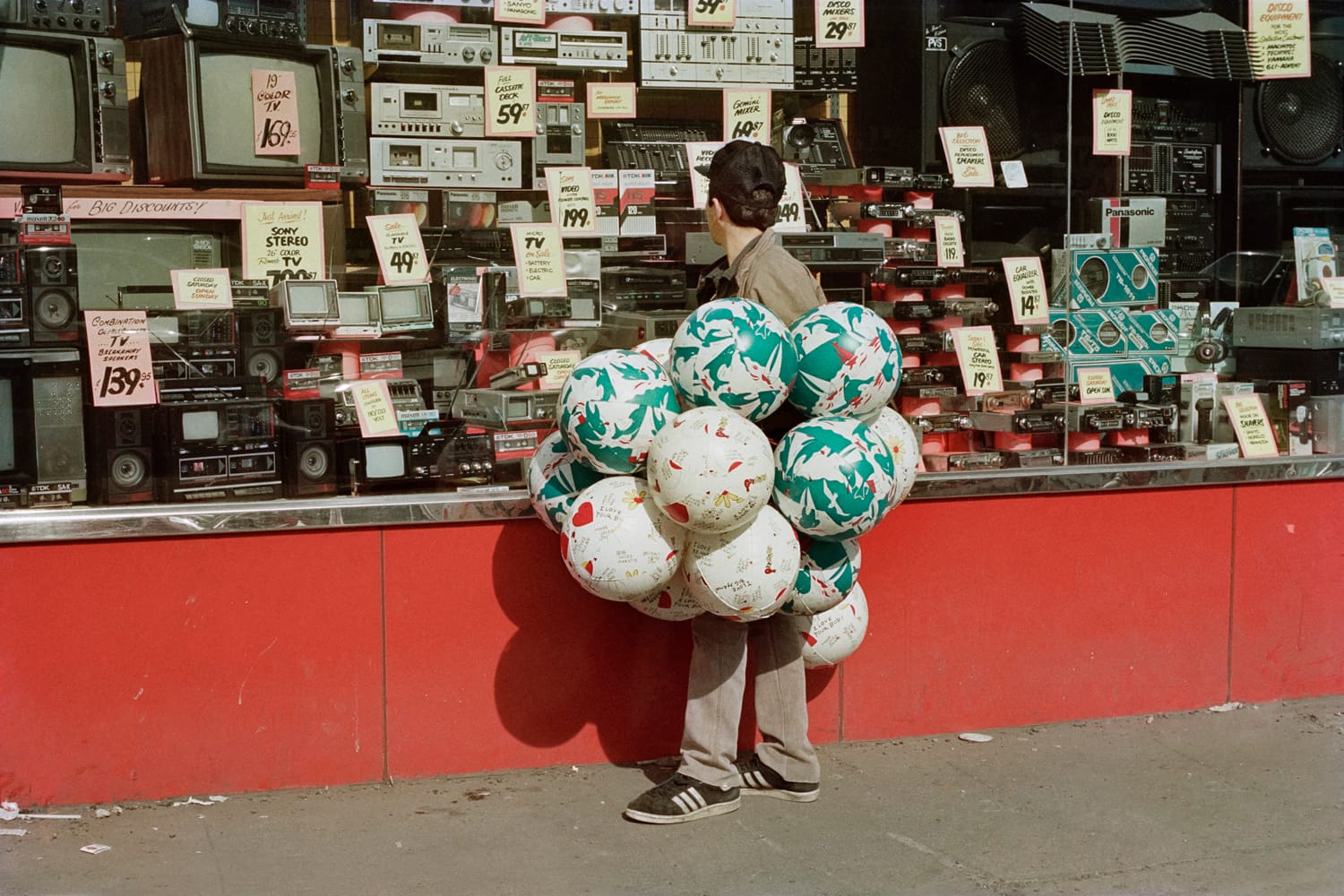
Can you share a memorable experience that solidified your passion for capturing daily life in the city?
There were many memorable experiences that endeared me to the Lower East Side, but more significantly I remember feelings: excitement, fascination, and curiosity about my new home. Wandering the streets was like exploring a foreign country, or several different countries, depending on which block you were on. It was a vibrant, diverse and compelling neighborhood with its storied and complex history worn on its sleeve. I loved living there.

How did you approach capturing the essence of the Lower East Side of NYC in the 80’s through your photography?
At the time the area had a bad reputation—dangerous, drug infested and graffiti-strewn. It was gritty, but it was also authentic, and it became clear to me right away that it was a community of families, melding cultures and humanity. It is important for me to be informed about any place or subject I engage with photographically, but I didn’t think about the bigger picture of what I was shooting exactly, or what I would do with the photos. It was all about the discovery. I simply went out and shot film, responding instinctively, drawn in by fleeting moments, gestures, color, and light.

What are the biggest differences between now and then that you notice when you look at these pictures?
So much has changed. It is hard to believe that it has been almost 40 years. New York City is always changing—it is like a living, breathing organism, so that goes without saying. I think about the changes with the medium of photography, how we view images, the means of dissemination, the language we use to discuss them, and the very craft itself of making photographs. My process in some ways hasn't changed that much—I still shoot film, and spend years on projects. The proliferation and advancements of phone cameras has made it accessible, affordable and exciting for so many. It is the democratization of photography.
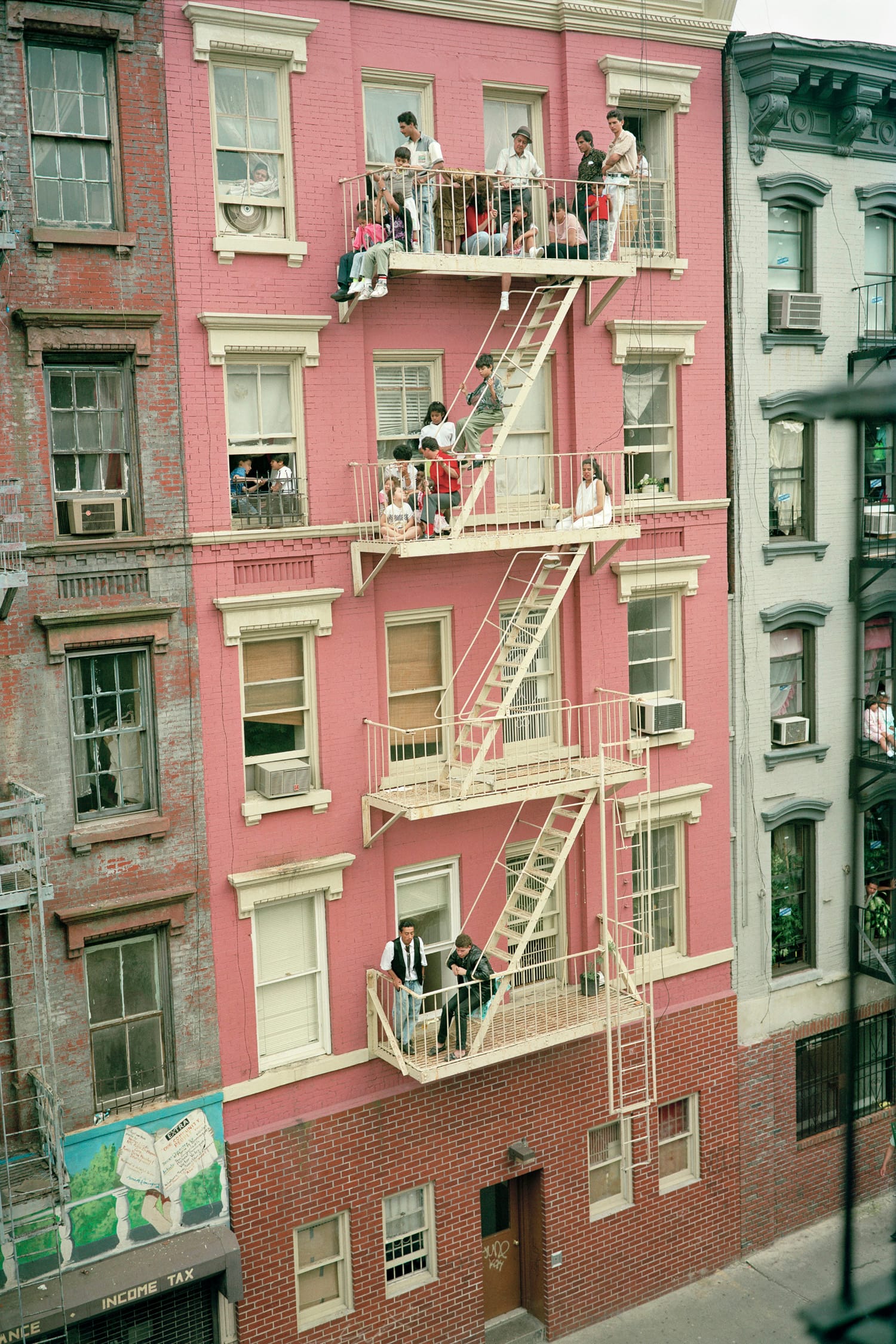

Can you describe a special moment from this project?
Rediscovering the images was a special moment indeed! Honestly I had no idea I had taken so many photographs. I left the neighborhood and the work behind in 1990 when I began photographing in Cuba, for what would become The Cuba Archive: Photographs 1990-1996. The negatives I made during that time on the Lower East Side languished in boxes—the majority never edited or printed. It wasn't until a pandemic-driven deep dive into my archives that I rediscovered them. Resurrecting this series through editing, scanning, and sequencing for book form has been an enlightening and gratifying experience.

What’s special about revisiting these photos and this era now? What does life in the Lower East Side of NYC in the 80’s mean to you?
Certainly, it has been a luxury to edit all this imagery with the discernment of almost 40 years of photographic experience. Unknowingly, I created a time capsule; a visual record of a diverse and robust neighborhood and community of the 1980s Lower East Side that is now a completely different place. Even through all changes, the Lower East Side still somehow holds an energy that’s different to the rest of New York. So many people and cultures have left their imprint over the centuries. I can’t help but feel that all that history is embedded in the streets and sidewalks in some way. In the end, I see this work as part preservation, part humanistic engagement, and as a contribution to an historical visual legacy of the ever-evolving, always evocative Lower East Side.


What are some of the unique challenges that you remember about shooting this work?
With street photography I think you have to be completely present, tuned into your peripheral vision, trust your instincts and never hesitate. It's a practice and a discipline-the more you use it, the more refined it becomes. This was my beginning, my on the ground—street photography—boot camp. It was a challenge—I was the drill sergeant.

Where do you get your inspiration and source of creativity?
I take my cue from the legendary photographer Mary Ellen Mark, who once said “Photograph the world as it is. Nothing is more interesting than reality.” I find inspiration in many things—my interests are varied. I feel like I have a good idea about a photo project almost every day. It is easy to have a good idea, quite another thing to initiate it, bring it to fruition and in the end create something that is lasting, affecting and fulfilling. That’s my life’s work.


Field Guide
Manhattan
Art museums and sidewalk cafes, fashion designers and chess teachers, jazz history and literary lore.
